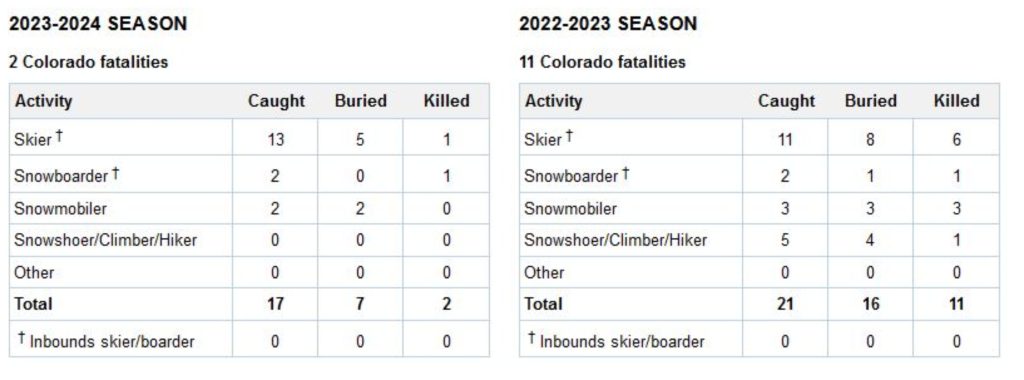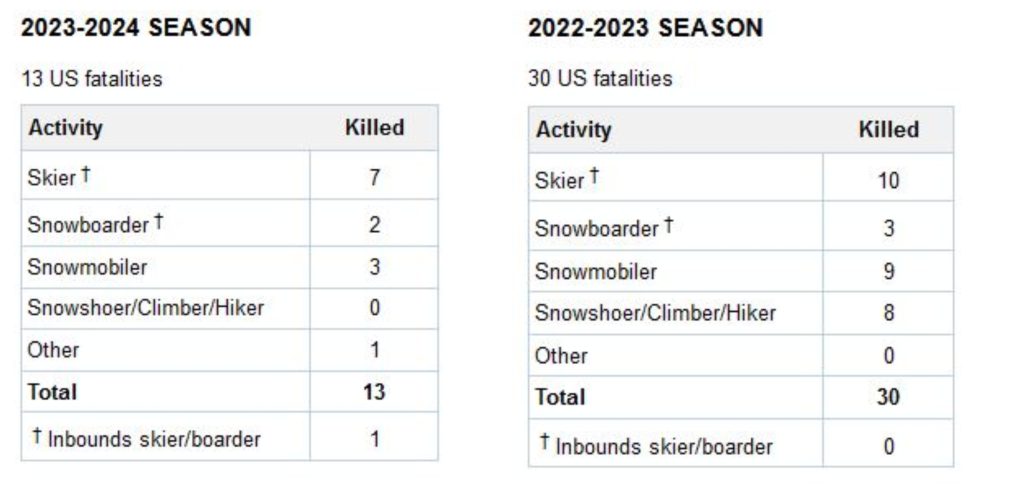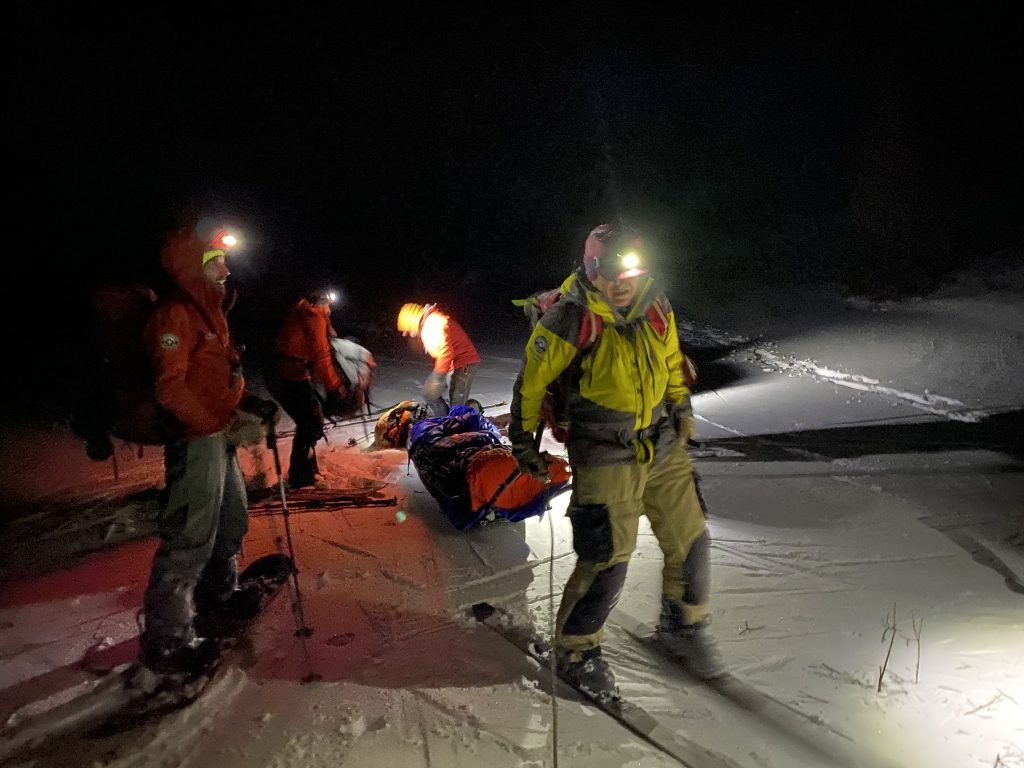This winter is one of the safest in nearly a decade for Colorado backcountry avalanches.
Through May 6, two people have been killed by slides statewide. This past season the death toll was 11.
On January 22, a solo snowboarder was killed by an avalanche near Ophir. On February 11, a skier was killed near Crested Butte while traveling with a group of three.
For the first time since 2019, not a single person was killed or completely buried by a slide in the Summit County area, including Loveland Pass and Vail Pass. An avalanche forecaster had a scary close call just east of the tunnels near Herman Gulch on April 8. A snowshoer stepped off a 30-foot cornice and set off two slides at Mt. Baldy on April 28, but miraculously was not buried or injured.
This year’s avalanche fatality count, from the Colorado Avalanche Information Center, is the lowest since 2016-2017. And yet the snow this year was deeper than it was seven years ago. Peak snowpack on April 22 this year was two points above average. On April 22, 2017, it was 14 points below average.
Even the number of reported burials and captures were down from last season:

It’s a similar story nationwide, where fatalities were cut in half:
The avalanche season is winding down, but it is not over. Lingering cold and blustery conditions this week are protecting the local snowpack, especially above treeline, where steep and potentially dangerous lines are beckoning backcountry riders.

The CAIC publishes a daily avalanche forecast through June 1. Read and understand it before heading out, no matter what the calendar says.

